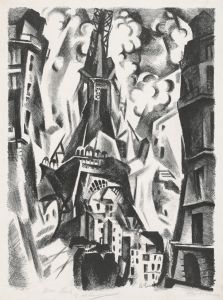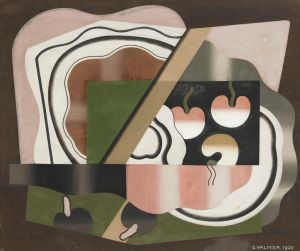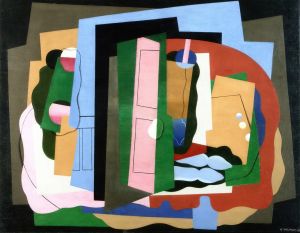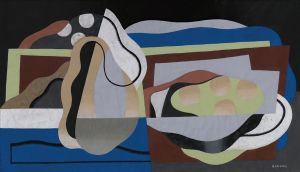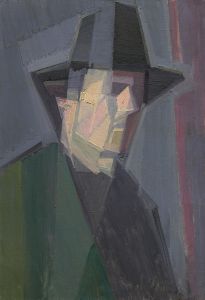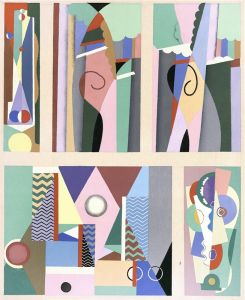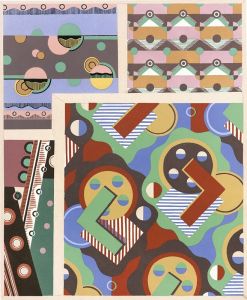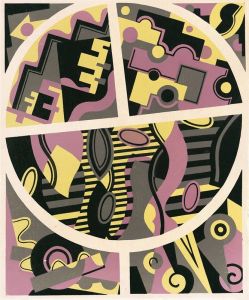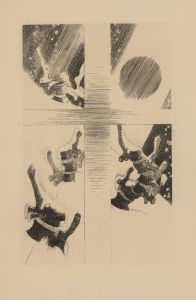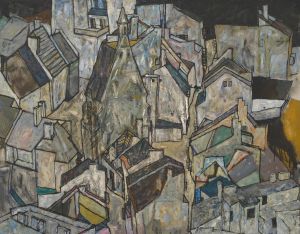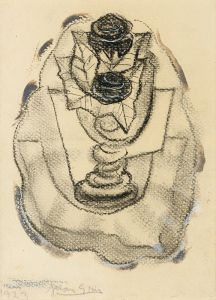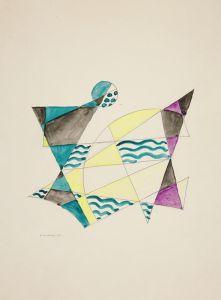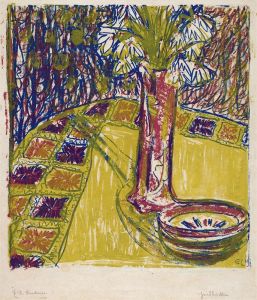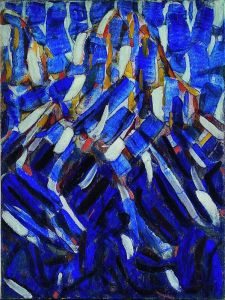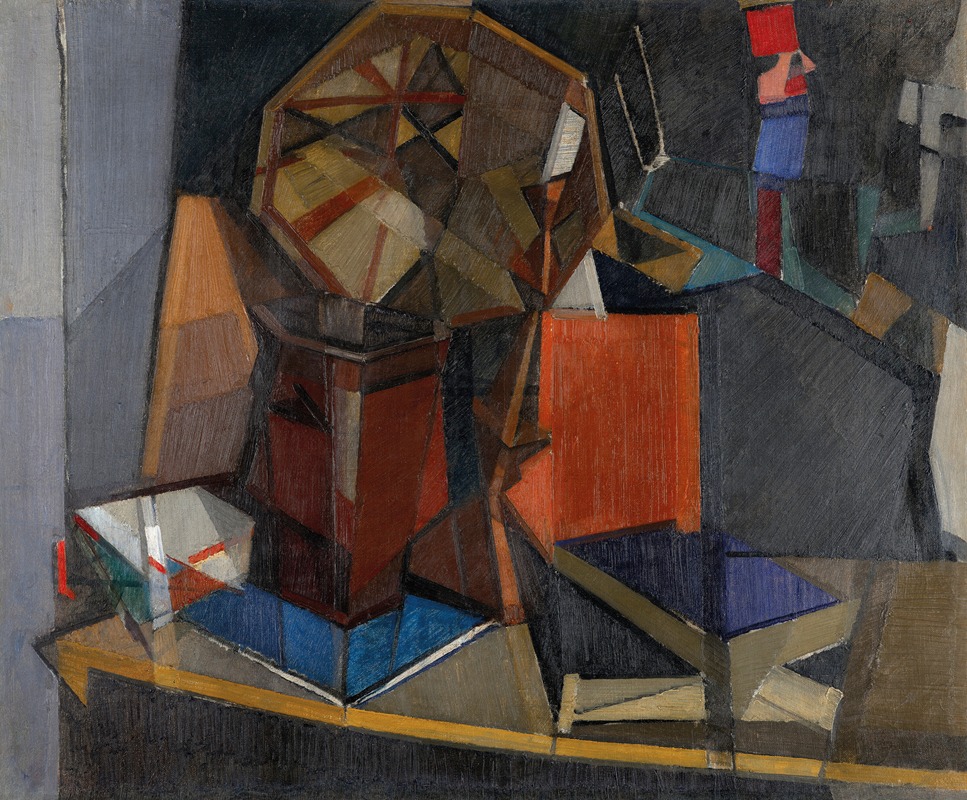
Nature morte aux jouets
A hand-painted replica of Georges Valmier’s masterpiece Nature morte aux jouets, meticulously crafted by professional artists to capture the true essence of the original. Each piece is created with museum-quality canvas and rare mineral pigments, carefully painted by experienced artists with delicate brushstrokes and rich, layered colors to perfectly recreate the texture of the original artwork. Unlike machine-printed reproductions, this hand-painted version brings the painting to life, infused with the artist’s emotions and skill in every stroke. Whether for personal collection or home decoration, it instantly elevates the artistic atmosphere of any space.
Georges Valmier was a French painter known for his contributions to the Cubist movement. Born on April 11, 1885, in Angoulême, France, Valmier developed an interest in art from a young age. He studied at the École des Beaux-Arts in Paris, where he was influenced by the works of Paul Cézanne and the burgeoning Cubist movement led by Pablo Picasso and Georges Braque.
"Nature morte aux jouets" (Still Life with Toys) is one of Valmier's notable works, exemplifying his unique approach to Cubism. Painted in the early 20th century, this piece reflects Valmier's interest in combining geometric abstraction with vibrant colors. While specific details about the painting's creation date and its current location are not widely documented, it is recognized as part of Valmier's broader body of work that explores the interplay between form and color.
Valmier's style is characterized by the use of bold, vivid colors and a strong sense of composition. In "Nature morte aux jouets," he employs these elements to depict a still life scene featuring toys. The painting showcases Valmier's ability to transform everyday objects into dynamic compositions through the use of geometric shapes and a Cubist aesthetic. His work often blurs the line between representation and abstraction, inviting viewers to engage with the painting on multiple levels.
Throughout his career, Valmier was associated with several avant-garde movements. He exhibited with the Section d'Or group, which included artists like Albert Gleizes and Jean Metzinger, and was involved in the Salon des Indépendants and the Salon d'Automne. These exhibitions were crucial in promoting Cubism and other modernist styles in the early 20th century.
Valmier's contributions to art extend beyond painting. He was also involved in theater design and worked on various projects that integrated his artistic vision with stage productions. His interest in the decorative arts led him to create designs for textiles and other applied arts, further showcasing his versatility as an artist.
Despite his relatively short life—Valmier passed away on March 25, 1937—his work left a lasting impact on the art world. His paintings are held in various collections, and his influence can be seen in the continued appreciation of Cubist art. "Nature morte aux jouets" remains an example of Valmier's innovative approach to art, highlighting his ability to merge color, form, and abstraction in a way that was both modern and timeless.
In summary, Georges Valmier's "Nature morte aux jouets" is a testament to his skill as a Cubist painter. Through his use of color and form, Valmier created a work that captures the essence of Cubism while also reflecting his unique artistic vision. His contributions to the movement and his exploration of various artistic mediums continue to be celebrated and studied by art enthusiasts and scholars alike.





